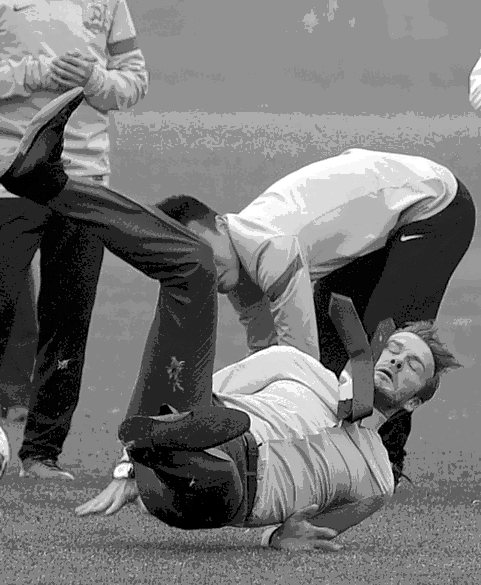Street View used for fall risk
 Google Street View could help prevent falls among older pedestrians, researchers suggest.
Google Street View could help prevent falls among older pedestrians, researchers suggest.
A team from the University of Otago in New Zealand has shown that Google’s virtual mapping service can quickly identify street hazards that contribute to falls.
Researchers used Google Street View to audit over 2,000 sites across Aotearoa New Zealand, where ambulances responded to outdoor falls.
The audits involved a series of questions about the street environment, completed in under five minutes per location using a tool called Fall-SAFE.
“Falls are a leading cause of injury and accidental death among older adults, but little is known about the pedestrian environment and falls risk,” said Dr Angela Curl, Senior Lecturer in Population Health at the University of Otago.
The study found that 61 per cent of the sites had at least one trip hazard, often due to poorly maintained footpaths.
Common issues included obstructions like manholes, poles, and overhanging vegetation, with only 5.8 per cent of sites being completely free of hazards.
While the researchers focused solely on locations where falls had occurred, Dr Curl noted the tool’s broader potential.
“Fall-SAFE can aid better understanding of the environments in which falls occur and support improvements to infrastructure to reduce pedestrian falls,” she said.
The tool’s design incorporated elements from six other well-established audit methods, ensuring reliability in virtual assessments.
Despite the study’s findings, the researchers acknowledged limitations.
They could not determine whether the same environmental factors existed in non-fall locations, making direct links between hazards and increased fall risk inconclusive.
The research suggests further comparisons are needed to establish environmental differences between areas where falls happen and those where they do not.
The team plans future participatory audits using Google Street View, involving older adults directly in the process.
They also see potential for integrating machine learning to categorise hazards more efficiently.
Their latest report is accessible in PDF form, here.







 Print
Print